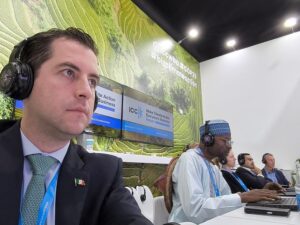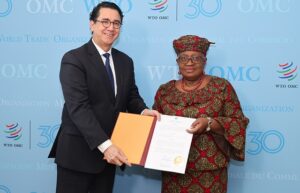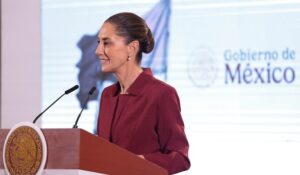Los Miembros de la OMC examinan la utilización de las preferencias arancelarias para los PMA y los vínculos con las normas de origen
Los Miembros de la OMC continuaron examinando el uso y la aplicación de programas de normas de origen preferenciales para los países menos adelantados (PMA).

Rules of origin are the criteria used to define where a product was made and are important for implementing other trade policy measures, including preferences in favour of developing countries or LDCs.
The WTO Secretariat followed up on its note from the committee’s meeting last October regarding preference utilization rates with a new one examining in detail what some described as a perplexing issue – the low utilization of tariff preferences by LDCs for agricultural exports compared to manufactured goods. The Secretariat noted this seems counterintuitive as agricultural products are often simple products subject to simple rules of origin so it could be expected that LDC producers would face no difficulties in complying with such rules to enjoy preferential treatment.
This is particularly problematic in the category «fruits, vegetables, plants», the single most important agricultural category by value of imports eligible for preferences. According to the Secretariat report, 82% of imports from LDCs in that product category did not receive tariff preferences.
The problem does not appear to be linked to complex origin requirements, given that these products are either primary goods or simple agro-processed goods, nor does there appear to be a strong correlation between the preferential tariff margins and utilization rates. Another possible explanation – difficulties complying with sanitary and phytosanitary (SPS) requirements – also does not explain the under-utilization problem; if an operator is unable to comply with an SPS measure, the goods would be rejected and no trade at all would be recorded in a tariff line, the Secretariat noted.
The only remaining possible explanations to under-utilization appear related to origin certification or direct transportation requirements (i.e. the good must be shipped directly from the beneficiary country to the preference-granting country). This hypothesis seems to be confirmed through an examination of some product-specific cases, such as exports of beans from Senegal to the European Union, Switzerland and Norway, and exports of cut plants from Tanzania to the EU, Norway, Korea, the United States and Chile. Nevertheless, the Secretariat said it was difficult to draw clear-cut conclusions from these specific examples and further work is needed on the issue.
A number of WTO members, including those representing preference beneficiaries, took the floor to comment on the Secretariat note. They welcomed the initiative and cited the importance of further study in order to better understand where the problems lie, particularly in agriculture, an important export sector for LDCs. Several cited the specific difficulties faced by landlocked members. Two preference-granting members agreed on the need for further work in this area, with the caveat that the committee work should focus on issues related to rules of origin, while one preference-granting member said it was reviewing its duty free/quota free regime for LDC goods in order to enhance its utilization by LDCs.
Bangladesh, on behalf of the LDC Group of WTO members, presented the group’s latest report on preference utilization by LDCs, with a specific focus this time on the record of LDCs in regard to one preference-granting member – Switzerland. Bangladesh noted that the committee recognized at its last meeting that further steps to simplify origin rules and improve utilization should be considered and that WTO members agreed that more research work was needed in order to better understand the causes behind under-utilization. The paper on Switzerland is the first contribution by the LDC Group to that effort, Bangladesh noted.
Tanzania presented the LDC Group’s second technical presentation on the change of tariff classification (CTC) issue. Tanzania noted that almost four years have passed since the adoption of the Nairobi Decision on Preferential Rules of Origin for LDCs, which set out, for the first time, a set of multilaterally agreed guidelines to help make it easier for LDC exports to qualify for preferential market access granted by WTO members. While some progress has been recorded in achieving better transparency, there has not been parallel progress in implementing the substantive part of the Nairobi Decision, more precisely the paragraphs concerning the substantial transformation and certification requirements. With the next WTO Ministerial Conference now approaching, Tanzania said, it is important to show concrete progress has been made that could be adequately reflected in the outcome of the Conference.
In order to focus the discussions, the LDC Group plans to submit a series of technical notes on each of the methodologies to define substantial transformation, namely: a) ad valorem percentage criterion, b) CTC, and c) specific working or processing as well as cumulation and certification procedure, Tanzania noted. The paper presented at the committee’s May meeting further examines initial considerations regarding CTC and lists some best practices with reference to the current practices of several preference-granting members. Tanzania said that while there have been significant positive changes, further work is needed by these preference-granting members to bring their current use of the CTC criterion in line with the Nairobi Decision.
Next meeting
The next regular meeting of the committee on rules of origin will take place in the autumn of 2019.
Further information on the WTO’s work regarding rules of origin can be found at www.wto.org/origin
















